Russians and street art… it can be quite entertaining… I have always been big fan of Kosolapov, the pioneer of Russian pop art, but when I see works of nowadays artists… quite impressive, no boundaries whatsoever (real Russiansssss). Just one of the examples. Russian fiction character (Alenka) mixed with Mickey mouse, coca-cola, movie “Scream” and Banksy…. Mix it like a Russian…..
Graffiti took off in USSR along with breakdancing, which arrived in the country with hip-hop movies brought from the US. Since the New York period, the common image of the graffiti artist has been followed and copied again and again: disregard for private and state property, an all-or-nothing mindset, occasional aggression, the charm of illegal art, and dedication to be a part of a subculture and to gain authority within it.
Today the status of graffiti in Russia still remains a gray area. With the exception of patriotic art, graffiti is frowned on by the state.
During the Perestroika period the developing Soviet subcultures were largely isolated from Western influences: obtaining photographs, magazines, and video materials was difficult, and communication with professionals was limited. Back then, new information mainly seeped into the country along with VHS movies like Beat Street and Stylewars brought from abroad by friends and relatives. These movies formed an image of hip-hop as a combination of rap, breakdance and graffiti. American street culture (as described by Adam Gopnik and illustrated by Martha Cooper and Henry Chalfant in their celebrated book Subway Art) became the basis for the Soviet school of graffiti and probably defined the lifestyles of young dancers and artists for years to come.
Breakdancers were the first to become graffiti artists, often by creating visual backdrops for their performances. Eye-catching and drawn in a distinctive style, graffiti sometimes overshadowed the performances, competing for viewers’ attention.
Today in Russia, graffiti artists face the same challenges as everywhere else: works have to become larger and be created more often, styles require refining, and respect within the community has to be earned.
A decrease in the amount of graffiti-related literature was mainly caused by the wide reach of social networks: as writers post their works to Facebook, Instagram and Behance, the Internet replaces city streets as the place of choice to go to see graffiti. The Internet has also mostly erased differences in local styles: today a writer from Nizhnevartovsk might use exactly the same style as a writer from New Jersey or Berlin.
Graffiti has little impact on modern art, and its existence is independent. There are certain artists who started their careers in the graffiti world, and a number of collectors and curators who split time between graffiti and street art. This branch of modern art is relatively small and is still developing – in other countries, at least.
Images courtesy of the artist – n888k
Email for inquiries: info@jmartmanagement.com
More info: jmartmanagement.com
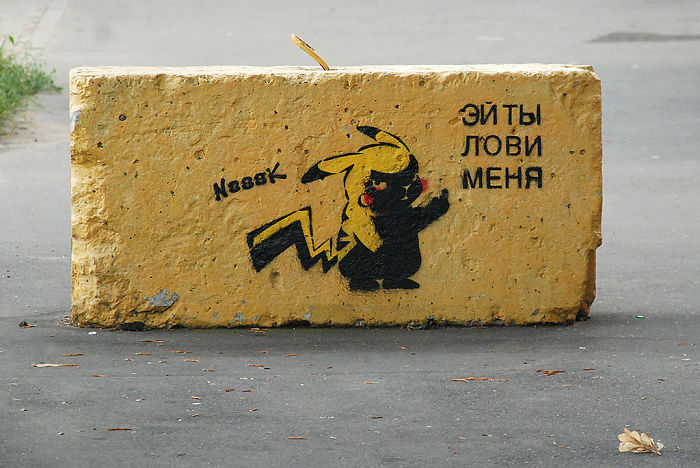
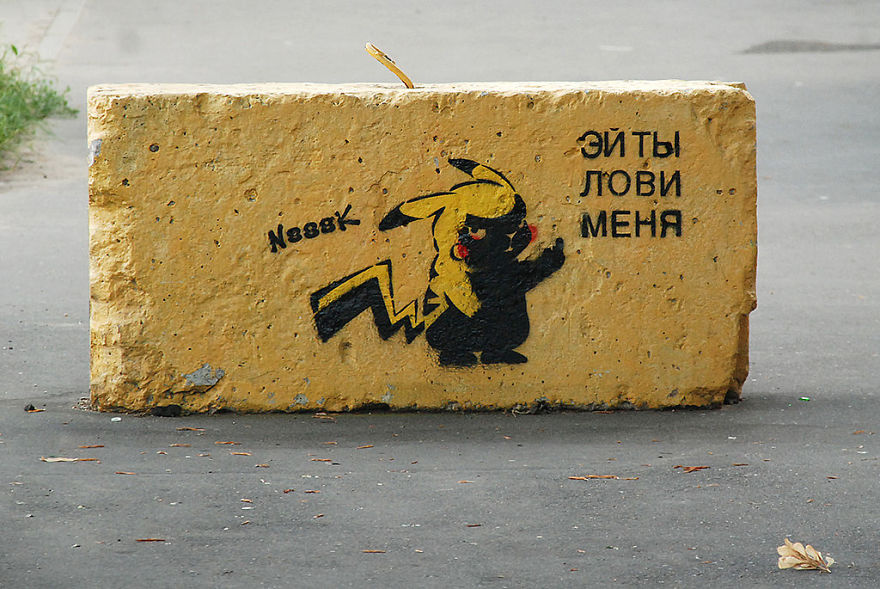
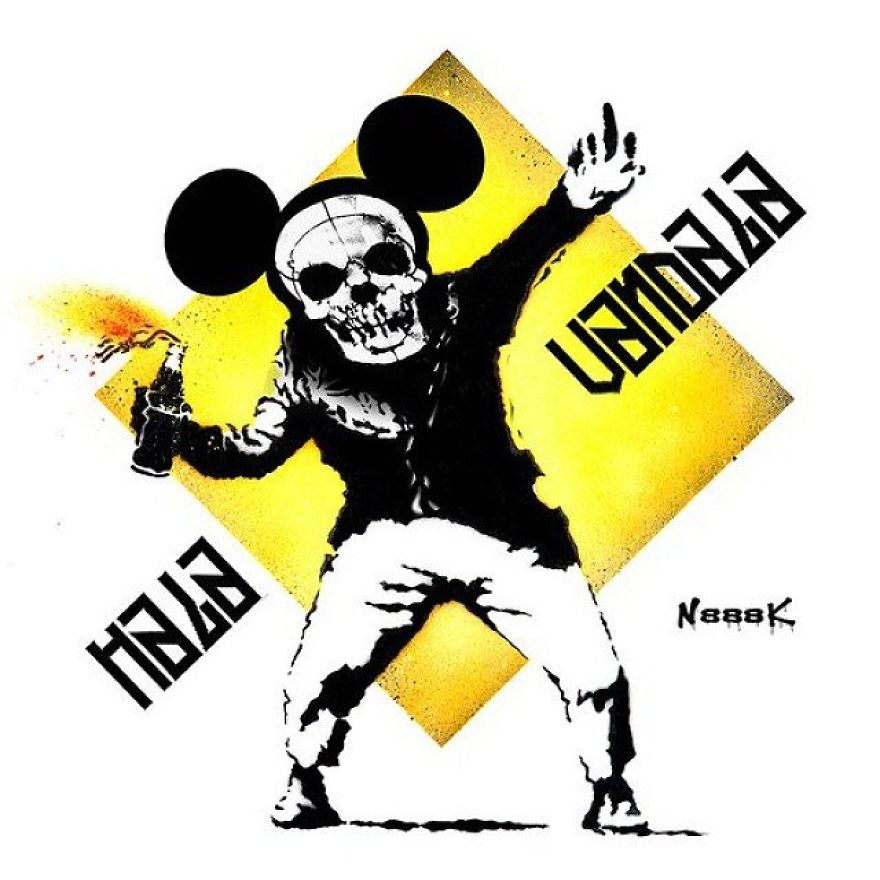
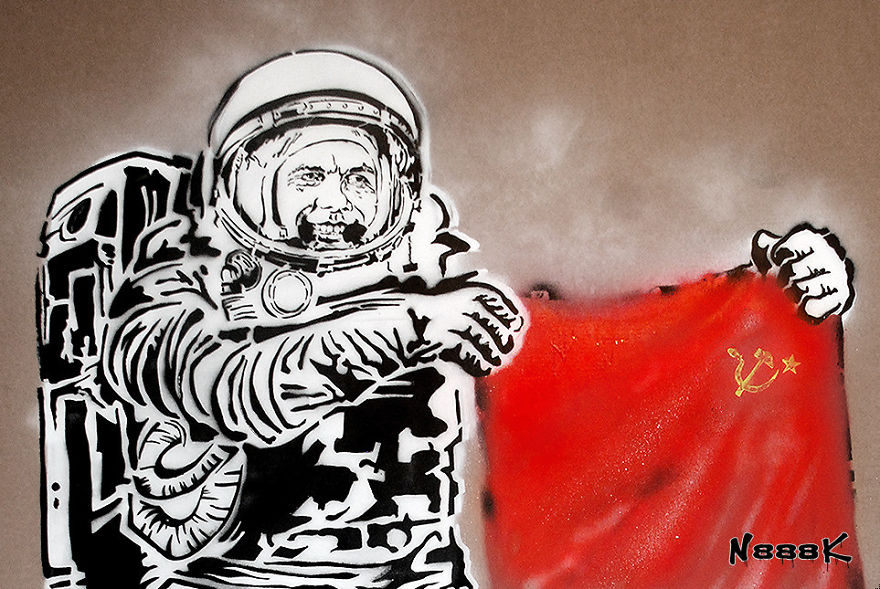
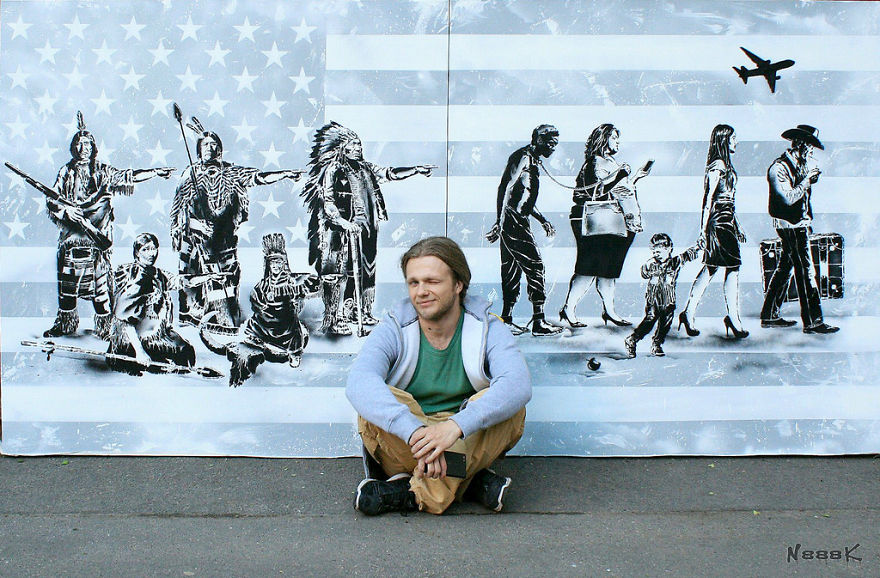
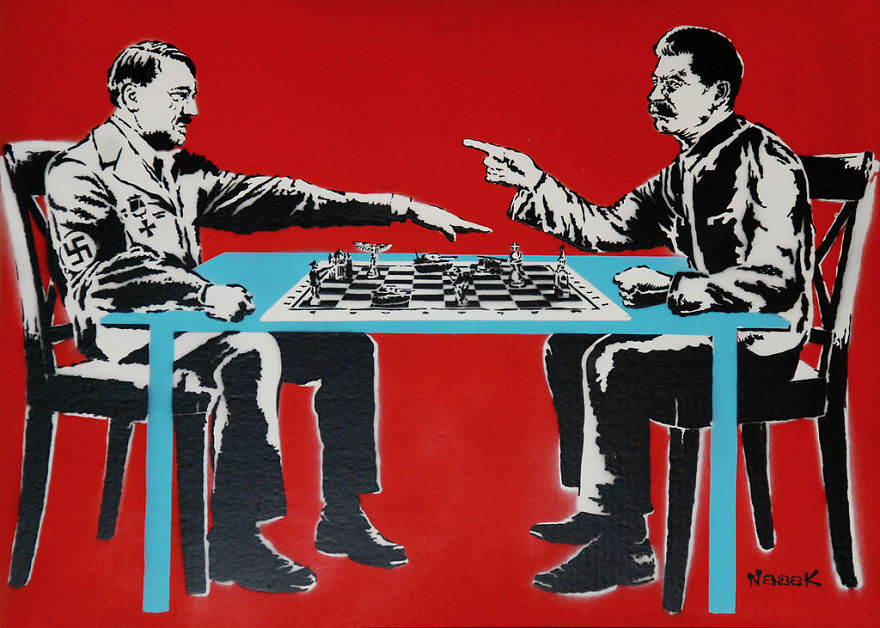
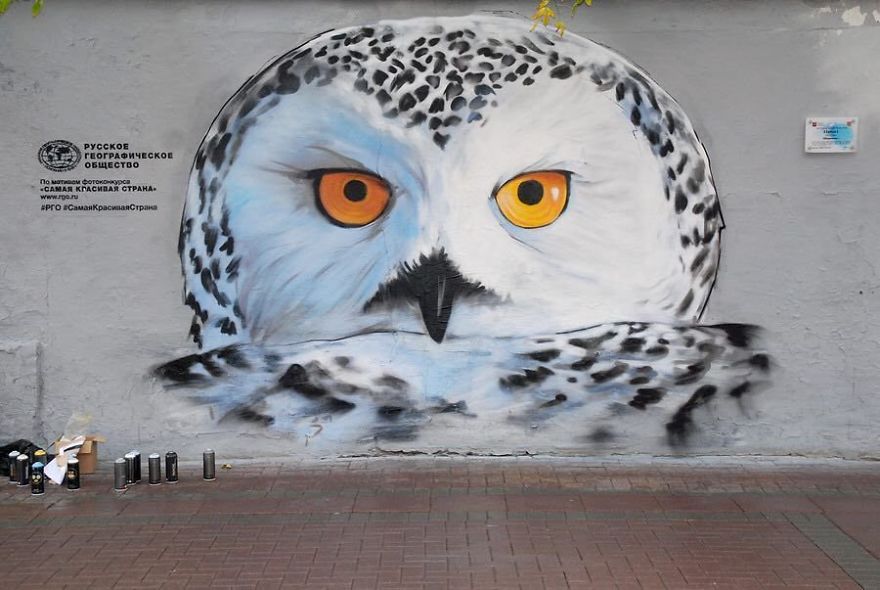
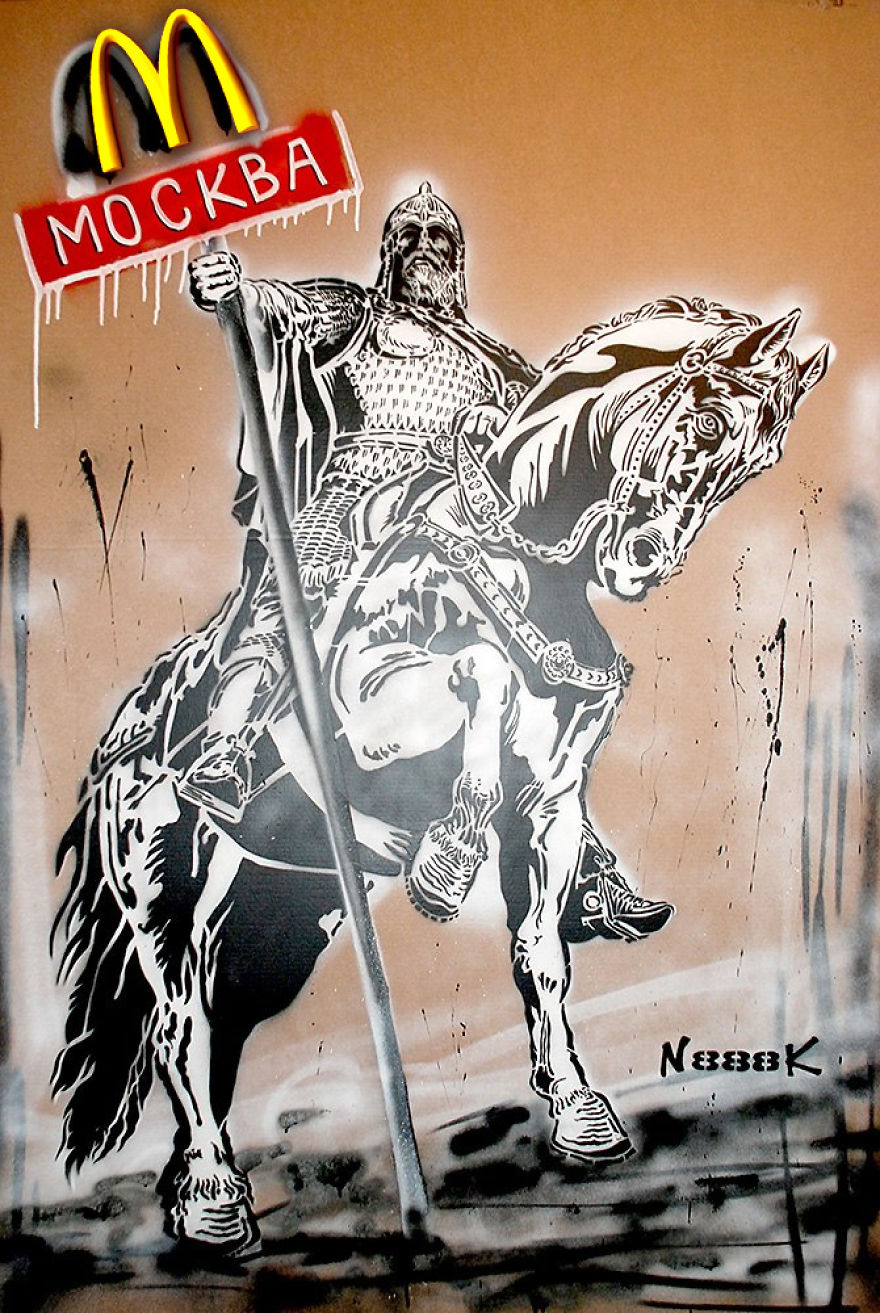
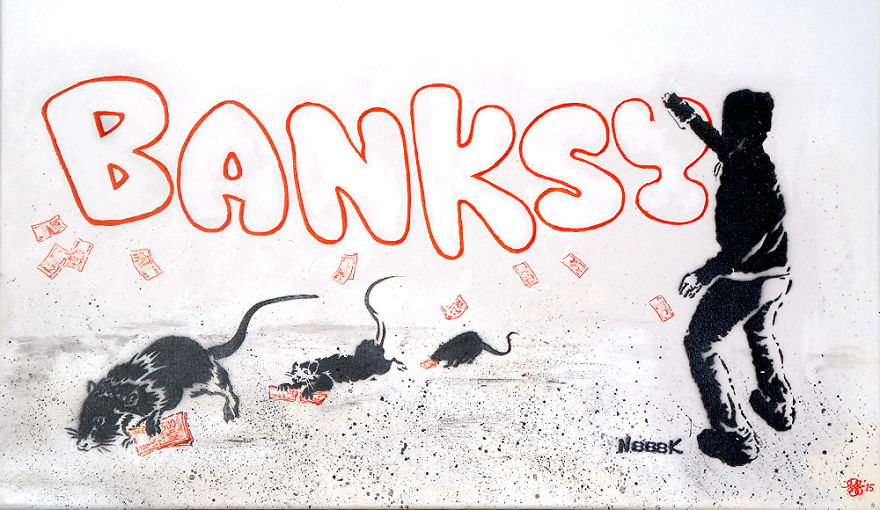



1
0